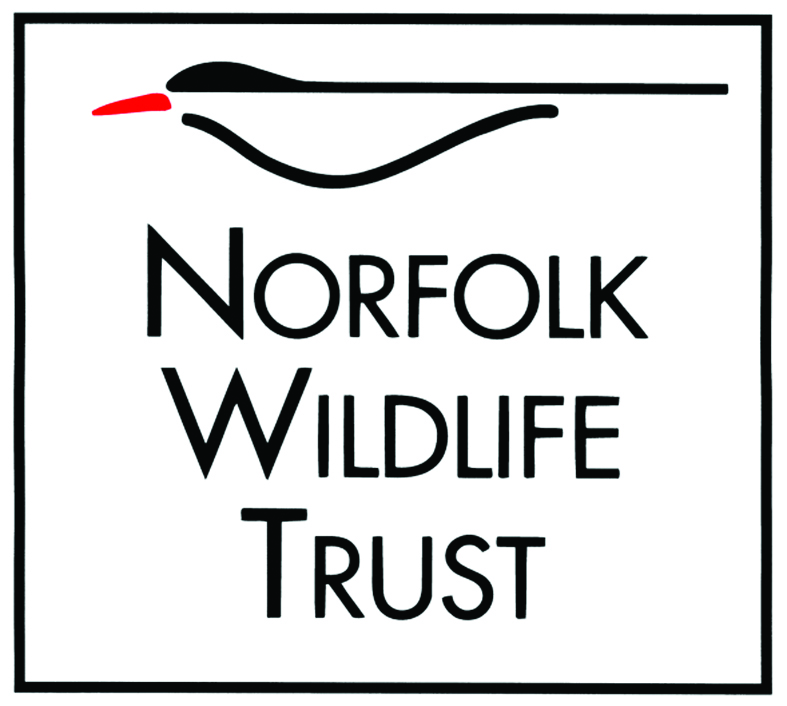
Holt Lowes (credit: Richard Osbourne)
Reviewing Local Environmental Assets
A good place to start is to gather evidence about the assets in your local area and the potential opportunities they hold.
It is important to find out what designations and species are within the Neighbourhood Plan Area so that effective policies can be put in place for their protection and enhancement.
Statutory protected sites
If a site of nature conservation importance has ‘Statutory Protection’, it means that it receives protection by means of certain legislation in recognition of its biodiversity and/or geological value. In Norfolk these include:
- Sites of Special Scientific Interest (SSSIs): many of international importance, these represent our best sites for wildlife (or geology).
- Special Areas of Conservation (SACs): designated where they support internationally important habitats and/or species listed in the EC Habitats Directive.
- Special Protection Areas (SPAs): of international importance for the breeding, feeding, wintering or migration of rare and vulnerable species of birds.
- Ramsar Sites: wetlands of international importance.
- National Nature Reserves (NNRs): These were established to protect some of our most important habitats, species and geology, and to provide ‘outdoor laboratories’ for research. Natural England manages about two thirds of England’s NNRs.
- Local Nature Reserves (LNRs): To qualify for LNR status, a site must be of importance for wildlife, geology, education or public enjoyment.
Non-statutory sites
These are sites like County Wildlife Sites (CWS) that are protected to some extent in the planning system but not afforded legal protection. They have been designated due to their importance to wildlife at a county level and can provide a refuge for rare or threatened plants and animals. It is therefore very important that these are protected in Neighbourhood Plan policies.
Roadside Nature Reserves (RNRs) also come into this category and most are important for scarce and unusual plants. They also act as wildlife corridors for many species and it is important that they are also protected.
Habitat and species
Most statutory, non-statutory designations and species records can be viewed on MAGIC: Multi-agency Geographic Information for the Countryside.
Some species and habitats are given legal protection in the planning system and are identified as Priority Habitats or Priority Species. Norfolk Biodiversity Information Service (NBIS) is an Environmental Record Centre which holds information on species, habitats and protected sites for Norfolk. People can also be encouraged to submit sightings of species to NBIS.
The Norfolk Biodiversity Partnership is also useful, particularly regarding information on the Habitat and Species Action Plans.
Engagement
Working with local farmers and other landowners is important at an early stage to align the work they do with policies and community actions to enhance the environment. Enhancements such as green corridors, buffer zones etc. may require their consent.
Environmental Assessments will need to be discussed with your Local Planning Authority. Neighbourhood plans may require a Strategic Environmental Assessment (SEA) and all plans should be screened for likely significant effects on the environment.
For more information, see: Understand if your plan requires a Strategic Environmental Assessment (SEA) - Locality Neighbourhood Planning



